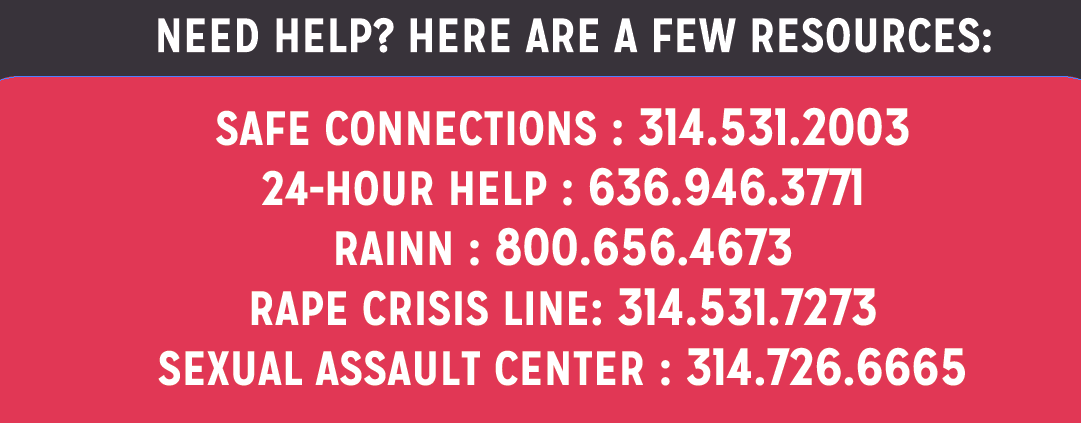Your donation will support the student journalists of Francis Howell North High School. Your contribution will allow us to purchase equipment and cover our annual website hosting costs.
Dress Code Concerns Start in Middle School
Published: February 11, 2016
Starting as early as elementary and middle school, the dress code, a set of rules about what clothing can and can’t be worn at school, is enforced by teachers and administrators onto students. According to the National Center for Educational Statistics, approximately 49.1 percent of public schools have a “strict” dress code policy.
“I think a dress code is important,” Birch said. “As an administrator and someone who handles discipline on a regular basis, I don’t feel like we devote a lot of time to disciplining or having those conversations with kids because of the dress code. Certainly, in the whole scheme of things, sure, we have conversations with students about it, but it doesn’t take up a lot of our time. It’s not something that’s overwhelming.”
In today’s society, when someone is raped, many people assume it was the victim’s fault for getting raped. This is called victim blaming: when a victim’s choices, including what they were wearing, whether they were drinking or what they were doing, are used to justify an attackers actions.
“The worst part about victim blaming is the impact it has on the victim,” Assistant Principal Chris Birch said. “They’re already a victim of whatever crime and are going through a lot. I think that if they’re being wrongfully blamed or others are judging, and the victim knows they’re judging, it can be very painful, and it certainly doesn’t help.”
Many people believe the dress code contributes to the sexualization of men and women, due to the age of the students that it’s enforced upon, and then later to victim blaming. Other people believe dress codes serve their one specific purpose: minimize distraction in the learning environment.
“The reason the dress code’s written the way it is, I think, is to encourage people to respect themselves, and what’s considered appropriate in a professional environment,” Hollenbeck English teacher Alan Beeson said. “The idea is to have some respect for the learning environment. If people are taking that to mean ‘Hey, if you dress like that, you’re gonna get raped,’ I don’t think that’s the intention at all. Traditionally, it’s a sign of respect, not hanging out of your clothes out of respect. If the message people are taking away from it is that we’re saying don’t dress like this or else this will happen to you, I think the message should be clarified.”
While the dress code in schools are intended to keep distractions out of the learning environment, some people believe that it does nothing besides promote the sexualization of children, typically girls. Others believe girls get in trouble for what they wear more often than boys because of the way style is today. The style for girls is typically shorter shorts and lower cut tops, while the style for boys isn’t nearly as revealing.
“I think in some respects, the dress code is harsher on girls because of style,” eighth grade science teacher Michelle Oppenborn said. “I know, having a daughter, it was difficult to find shorts that were long enough. I think some girls are trying to be fashionable, and I think in that they run into spaghetti straps and lower cut shirts.”
Students typically don’t have any conflict with the school dress code until they reach the middle school level, which is the age that sexualization of others typically begins, due to puberty. Middle schools work to prevent any type of sexual assault by having speakers from organizations such as the Crider, a health center, come in and discuss the importance of abstinence.

